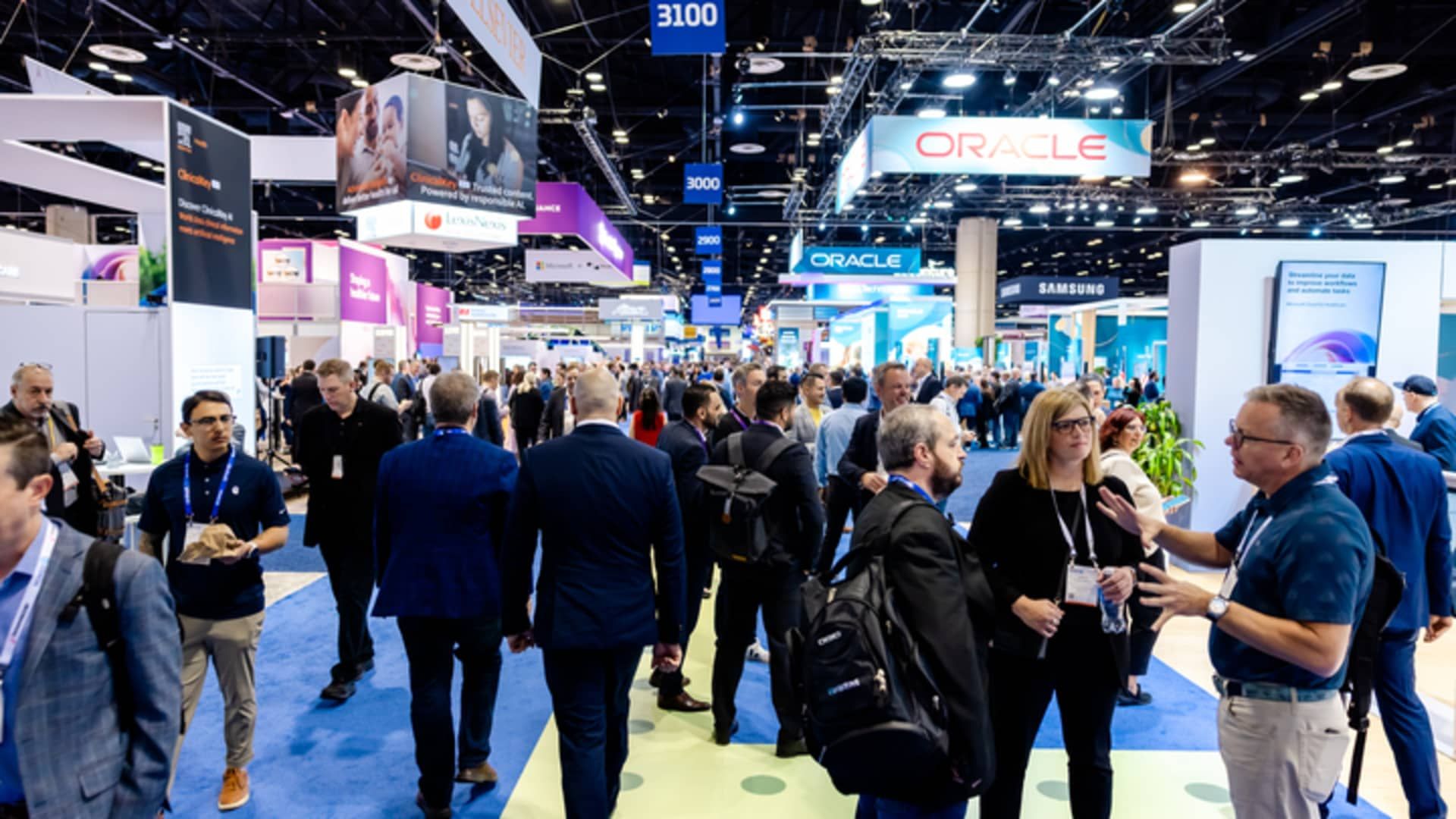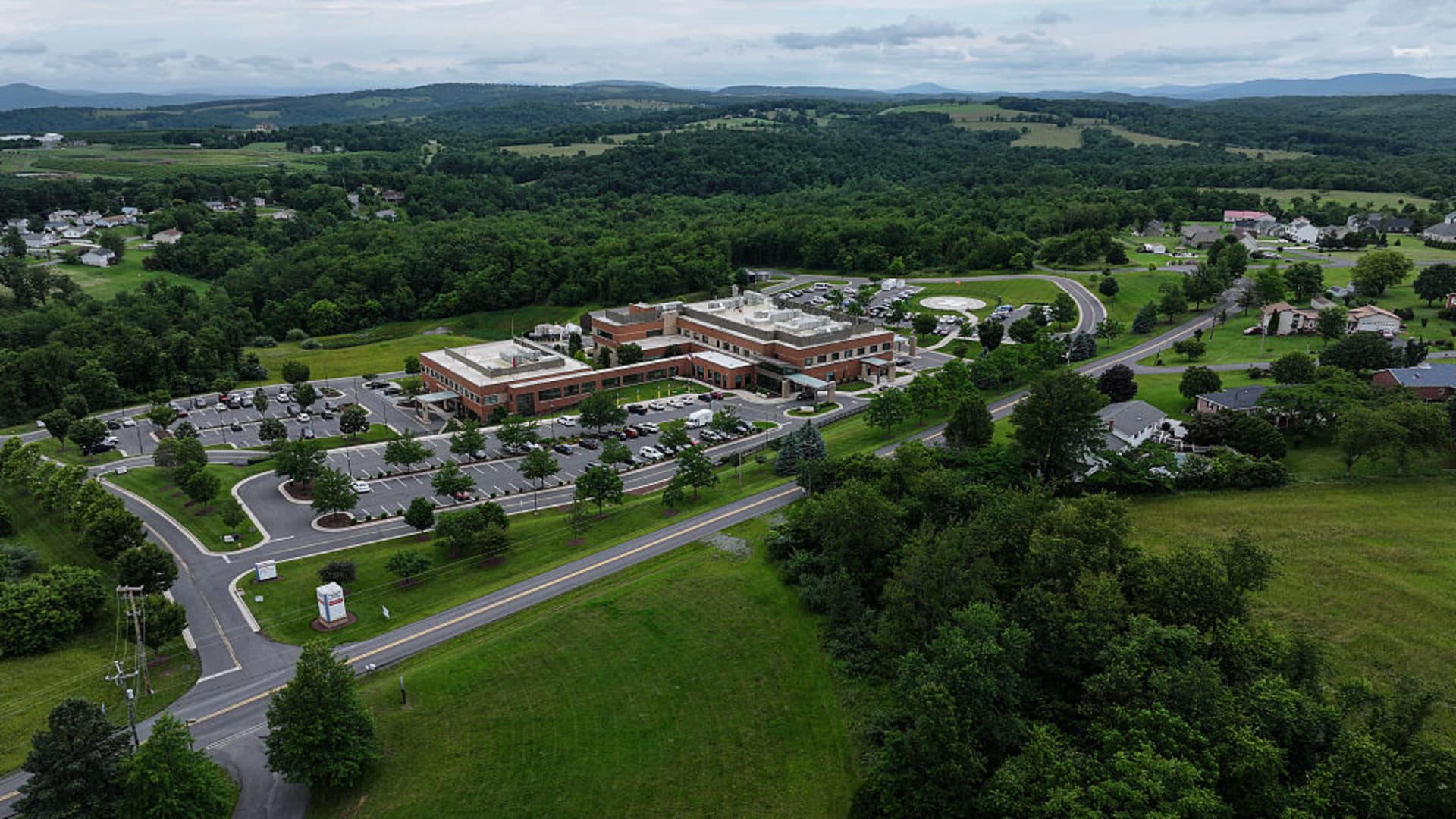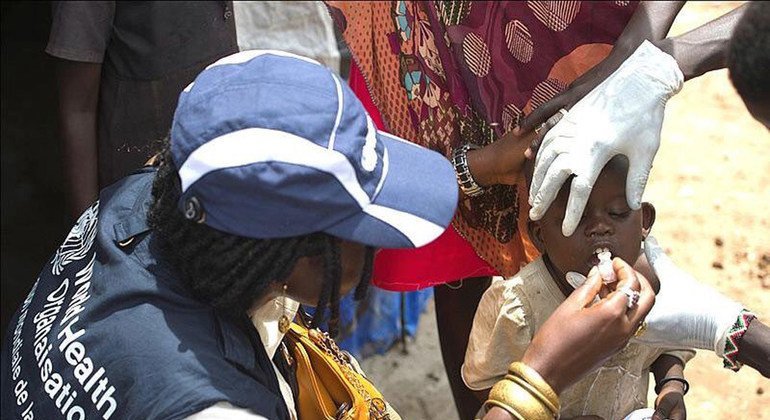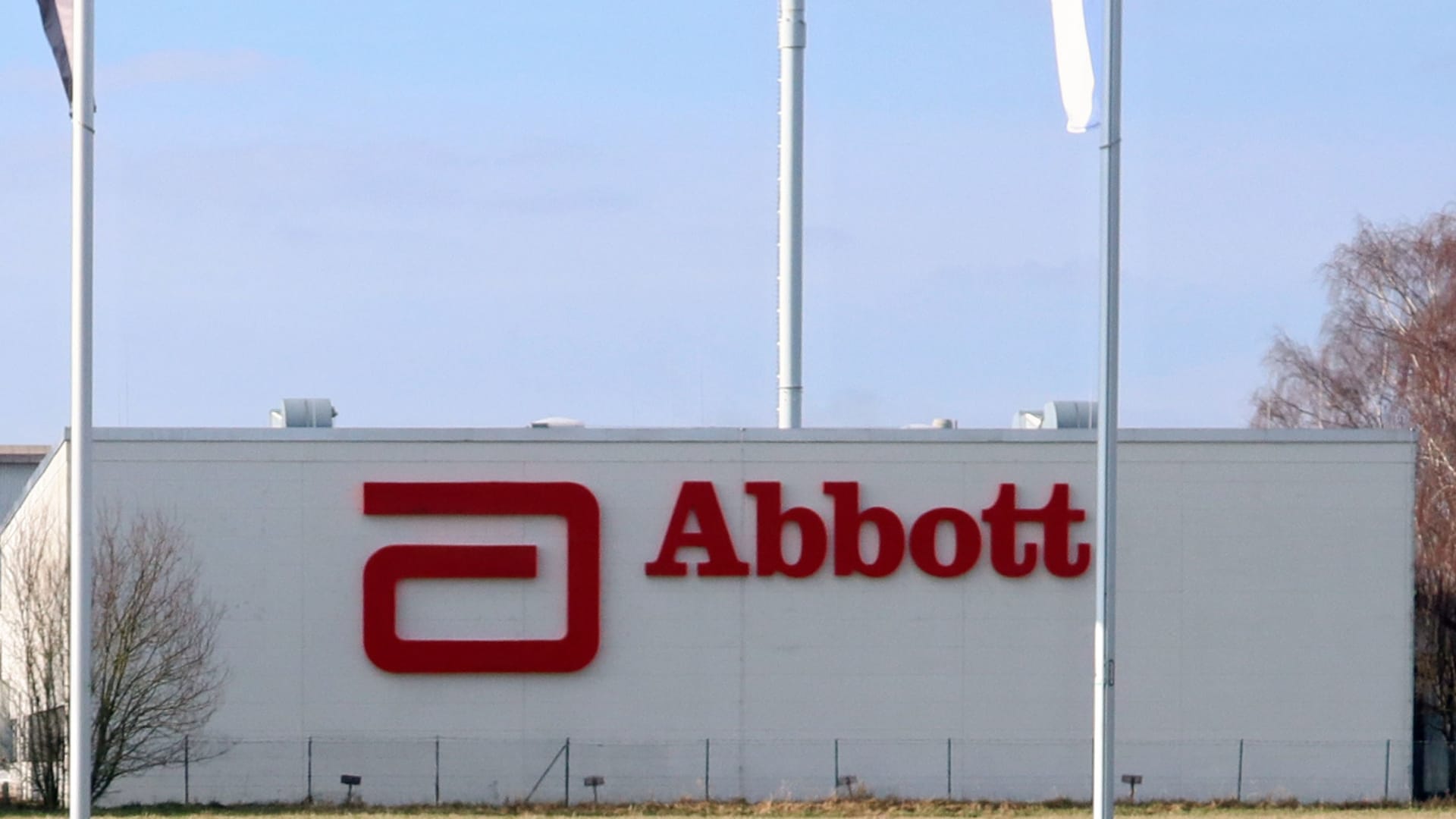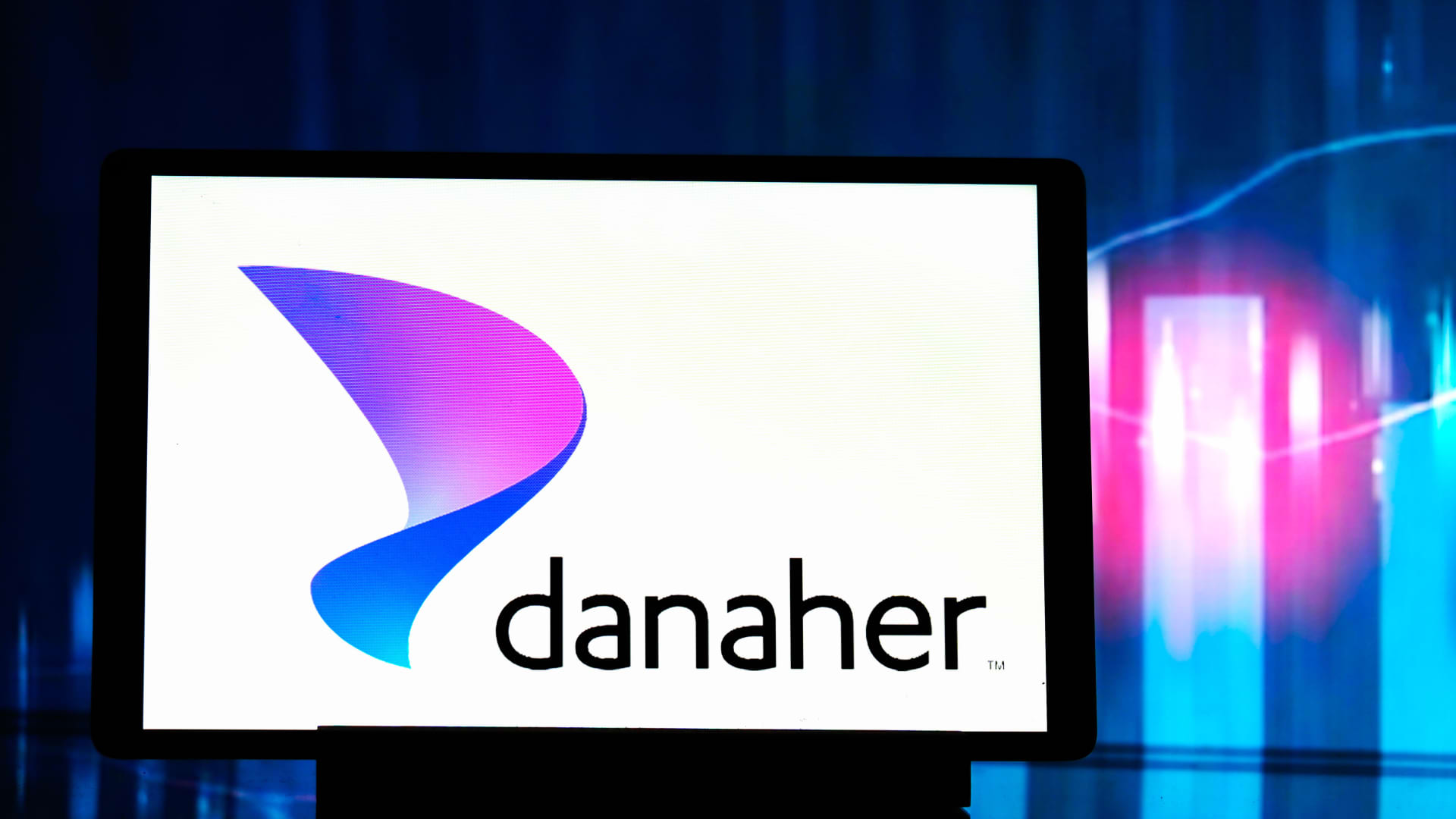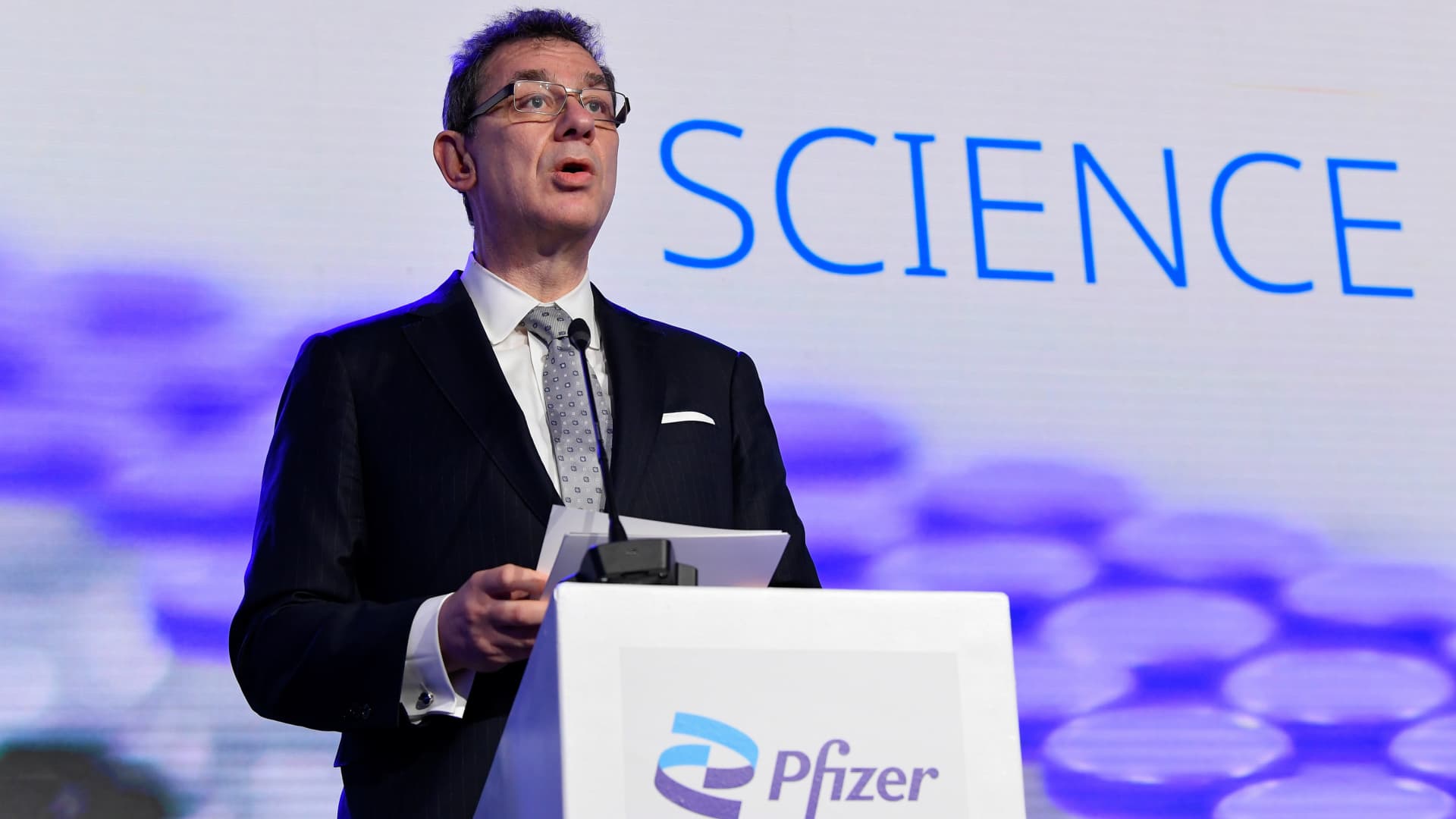HIMSS attendees in Orlando, Florida 2024.
Courtesy of HIMSS
The hottest new technology for doctors promises to bring back an ancient healthcare practice: face-to-face conversations with patients.
As more than 30,000 healthcare and technology professionals gathered among the palm trees at the HIMSS conference in Orlando, Florida, this week, environmental clinical documentation was the talk of the show floor.
This technology allows doctors to consensually record their visits to patients. Conversations are automatically transformed into clinical notes and summaries using artificial intelligence. Companies such as Nuance Communications, Abridge, and Microsoft's Suki have developed solutions with these capabilities, which they say will help reduce physicians' administrative workloads and prioritize meaningful connections with patients.
“After I see a patient, I have to write notes, make orders and think about the patient's summary,” Dr. Shiv Rao, founder and CEO of Abridge, told CNBC at HIMSS. “So what our technology does is allow me to focus on the person in front of me, the most important person, the patient, because when I press Start, have a conversation and then press Stop, I can turn my chair and within seconds, the note is there.”
Administrative workloads are a major problem for physicians across the U.S. healthcare system. A survey released by Athenahealth in February found that more than 90% of physicians report feeling burned out “regularly,” in much of it due to the paperwork they are expected to complete.
More than 60% of doctors said they feel overwhelmed by administrative requirements and work an average of 15 hours a week outside of their normal hours to stay on track, according to the survey. Many in the industry call this work at home “pajama time.”
Since administrative work is largely bureaucratic and does not directly influence doctors' decisions around diagnosis or patient care, it has been one of the first areas where health systems have begun to seriously explore the applications of AI. generative. As a result, environmental clinical documentation solutions are truly having a moment.
“There's no better place to be,” Kenneth Harper, general manager of DAX Copilot at Microsoft, told CNBC in an interview.
Microsoft's Nuance announced its Dragon Ambient eXperience (DAX) Express environmental clinical documentation tool in a preview release last March. In September, the solution, now called DAX Copilot, was generally available. Harper said there are now more than 200 organizations using this technology.
Microsoft acquired Nuance for around $16 billion in 2021. The company had a two-story exhibition booth on the show floor that was often packed with attendees.
Harper said the technology saves doctors several minutes per consultation, although exact numbers vary by specialty. She said her team receives feedback about the service almost daily from doctors who say it has helped them take better care of themselves and even saved their marriages.
Harper recounted a conversation with a doctor who was considering retirement after practicing for more than three decades. She said the doctor felt burned out from years of stress, but was inspired to keep working after he was introduced to DAX Copilot.
“He said, 'I literally think I'm going to practice another 10 years because I really enjoy what I do,'” Harper said. “That's just a personal anecdote of the kind of impact this is having on our care teams.”
At HIMSS, Stanford Health Care announced that it is implementing DAX Copilot across its enterprise.
Gary Fritz, chief application officer at Stanford Health Care, said the organization had initially started testing the tool within its exam rooms. He said Stanford recently surveyed doctors about using DAX Copilot and that 96% found it easy to use.
“I don't know if I've ever seen a number that large,” Fritz told CNBC in an interview. “Its a big problem.”
Dr. Christopher Sharp, chief medical information officer at Stanford Health Care and one of the doctors who tested DAX Copilot, said it is “remarkably smooth” to use. He said the tool's immediacy and reliability are accurate and solid, but could use improvement in capturing the patient's tone.
Sharp said he believes the tool saves him documentation time and has changed the way he spends that time. She said she often reads and edits notes rather than composing them, for example, so it's not like the work has completely disappeared.
In the short term, Sharp said he would like to see more customization capabilities within DAX Copilot, both at the individual and specialty levels. Still, he said it was easy to see his value from the beginning.
“The moment the first document comes back to you and you see your own words and the patient's words reflected directly back to you in a usable way, I would say from that point on you're hooked,” Sharp told CNBC. In an interview.
Fritz said it's still early in the product lifecycle and Stanford Health Care is still working on exactly what the rollout will look like. He said DAX Copilot will likely be deployed in specialty-specific brackets.
HIMSS attendees in Orlando, Florida 2024.
Courtesy of HIMSS
In January, Nuance announced the general availability of DAX Copilot within the Epic Systems electronic health record (EHR). Most doctors create and manage patient medical records using EHRs, and Epic is the largest provider by hospital market share in the U.S., according to a May report from KLAS Research.
Integrating a tool like DAX Copilot directly into doctors' EHR workflow means they won't need to switch apps to access it, which helps save time and further reduce their administrative burden, Harper said.
Seth Hain, Epic's senior vice president of R&D, told CNBC that more than 150,000 notes have been written. in enterprise software using environmental technologies since last year's HIMSS conference. And the technology is scaling rapidly. Hain said more notes have already been written in 2024 than in 2023.
“We're seeing health systems that have worked through an intentional process to acclimate their end users to this type of technology, and now begin to rapidly implement it,” he said.
A company called Abridge also integrates its environmental clinical documentation technology directly into Epic. Abridge declined to share the exact number of health organizations using its technology. Announced at HIMSS that California-based UCI Health is implementing the company's solution systemwide.
Rao, CEO of Abridge, said the pace at which the healthcare industry has embraced clinical environmental documentation appears “historic.”
Abridge announced a $30 million Series B funding round in October, led by Spark Capital, and four months later, the company closed a $150 million Series C round, according to a February statement. Rao said that tailwinds, such as physician burnout, have become a “tornado” for Abridge, and that it will use these funds to continue investing in the science behind the technology and explore where it can go next.
The company is saving some doctors up to three hours a day, Rao said, and is automating more than 92% of the administrative work it focuses on. Abridge's technology is available in 55 specialties and 14 languages, he added.
Abridge has a Slack channel called “love stories,” which was spotted by CNBC, where the team will share positive feedback they receive about their technology. One message this week was from a doctor who said Abridge helped them eliminate their least favorite part of their job and saved them about an hour and a half each day.
“That's the kind of feedback that inspires absolutely everyone in the company,” Rao said.
Suki CEO Punit Soni said the environmental clinical documentation market is “growing”. He expects rapid growth to continue over the next two years, although, like all hype cycles, he believes the dust will settle.
Soni founded Suki more than six years ago after hypothesizing that a digital assistant would be needed to help doctors manage clinical documentation. Soni said Suki is now used by more than 30 specialties in around 250 healthcare organizations across the country. Six “large health systems” have launched with Suki in the last two weeks, he added.
“For four or five years I've been sitting, basically with the store open, waiting for someone to show up. Now the whole mall is here and there's a line out the door of people wanting to spread out,” Soni told CNBC at HIMSS. . “It's very, very exciting to be here.”
Suki's website says its technology can reduce the time a doctor spends on documentation by an average of 72%. The company raised a $55 million funding round in 2021 led by March Capital. Another round will likely be held in the second half of the year, Soni said.
Soni said Suki is focused on deploying its technology at scale and exploring additional applications, such as how environmental documentation could be used to help nurses. He said the Spanish language is coming to Suki soon and customers should expect most major languages to follow.
“There are so many things that have to happen,” he said. “In the next decade, all healthcare technology will be completely different.”

